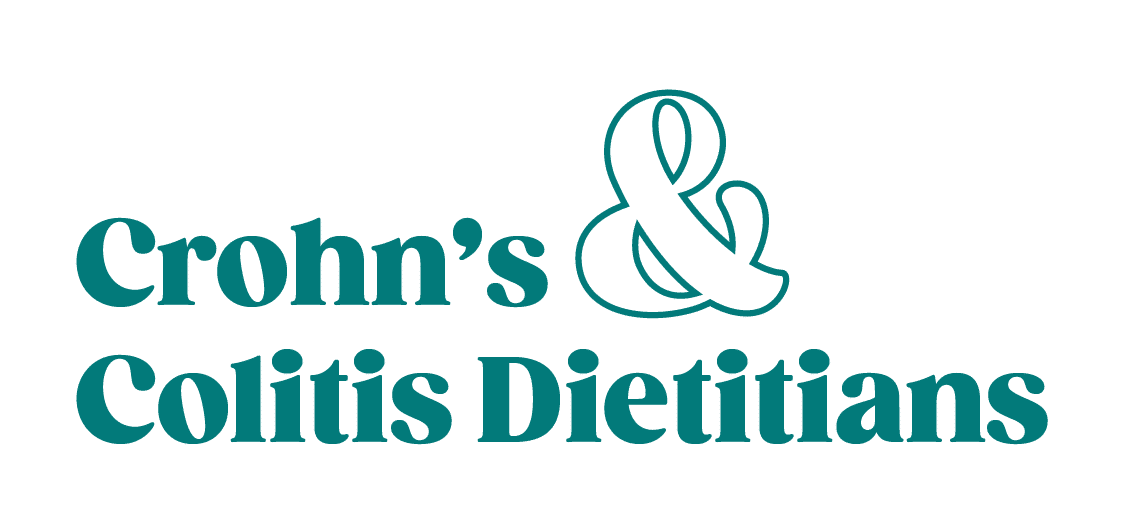If you aren’t sure what Bile Acid Malabsorption (BAM) – read our previous article HERE
How Do We Usually Treat Bile Acid Diarrhea?
Conventional treatments for bile acid diarrhea typically revolve around a low-fat diet and the use of medications known as bile acid binders or sequestrants.
Nutrition strategies might include addressing excess bile acids contributing to diarrhea, dietary strategies involving fiber, and sources of prebiotics like resistant starch can be implemented to help bind these excess bile acids.
🌈Eat the Rainbow
A diet rich in color that incorporates fibrous components like resistant starch can assist in binding excess bile acids and restoring equilibrium to the gut environment.
Resistant starch can be found in various plant-based foods, such as lentils, peas, beans, cooked and cooled rice, whole grains, and unripe bananas. It not only offers a source of fiber but also serves as prebiotics, nourishing beneficial gut bacteria.
Overall, eating more color and diversity can help to encourage the growth of helpful gut bacteria which can help cut down on symptoms.
🥬The Magic of Beets, Okra & Kale
Did you know some specific foods can bind to bile? Steaming was found to improve the bile binding capacity of top bile binding vegetables.
Cholestyramine is one of the main binders for bile acid diarrhea which is very effective at binding to bile. However, it does come with side effects.
Here is a list of the top bile binders (in order):
- Beets, Okra and kale were the top 3 respectively. Some studies show okra taking the lead.
- Next up in order are: collards, Brussels sprouts, carrots, eggplant, broccoli, mustard greens, green beans, asparagus, spinach, bell pepper, cauliflower, cabbage, turnips
🥔Fermentable Fibers
Fermentable fiber supports the growth of beneficial gut bacteria, enabling them to produce sufficient quantities of short-chain fatty acids (SCFAs).
Adequate intake of insoluble fiber stimulates the production of SCFAs by colon-dwelling microbes, which in turn lowers the pH and inhibits the enzyme responsible for breaking down bile salts which in turn reduces the levels of bile acid byproducts that can trigger diarrhea.
Examples of Fermentable Fibers and insoluble Rich Foods:
- Nuts
- Beans
- Cauliflower
- Green beans
- Potatoes
- SunFiber
- Oats
- Citrus
🥑Lower Fat & Especially Certain Types of Fat
Research indicates that reducing dietary fat intake can alleviate BAD symptoms. Lower fat intake results in the release of fewer bile acids for digestion and absorption.
High consumption of inflammatory animal products containing saturated fats is linked to elevated levels of secondary bile acids, potentially leading to watery diarrhea.
Even though MCT oils like coconut oil would theoretically be “better” options for absorption of fat since they bypass normal fat routes- we do not suggest using a lot in IBD because of the net negative impact of saturated fats and myristic acids which have lots of data to show they aren’t great for IBD.
🧬Enzymes for Managing Fat Malabsorption
Insufficient enzyme production in the gut can also cause fat malabsorption. This isn’t the same thing as bile acid malabsorption-related diarrhea. However, it may be another thing you can explore.
For individuals with insufficient digestive enzymes and/or pancreatic enzyme insufficiency, supplementation with digestive enzymes can aid in the breakdown of proteins, carbohydrates, and fats, thereby easing the workload on the digestive tract.
Be careful with purchasing digestive enzymes though, some add things like ox bile or HCL which we wouldn’t typically recommend supplementation with. In a future post, I’ll discuss what to look for in digestive enzymes.
💊Medications
If nutrition strategies aren’t working- it might be time to discuss other options with your doctor. These medications, such as cholestyramine, colestipol, or colesevelam, work by binding to bile acids within the intestinal tract.
Resources:
